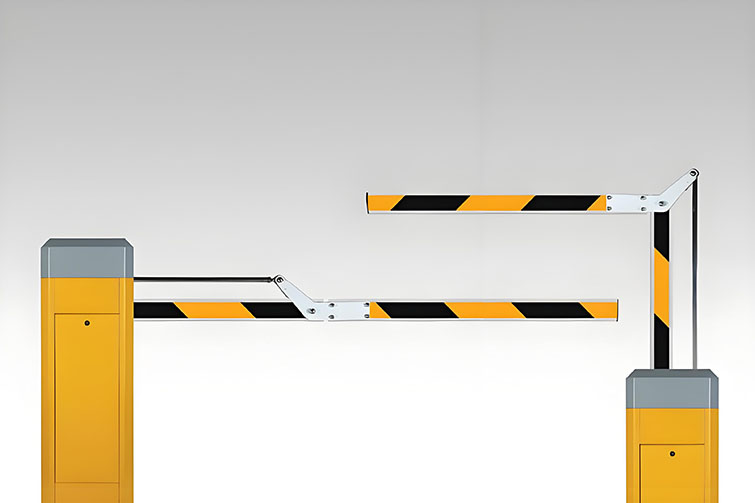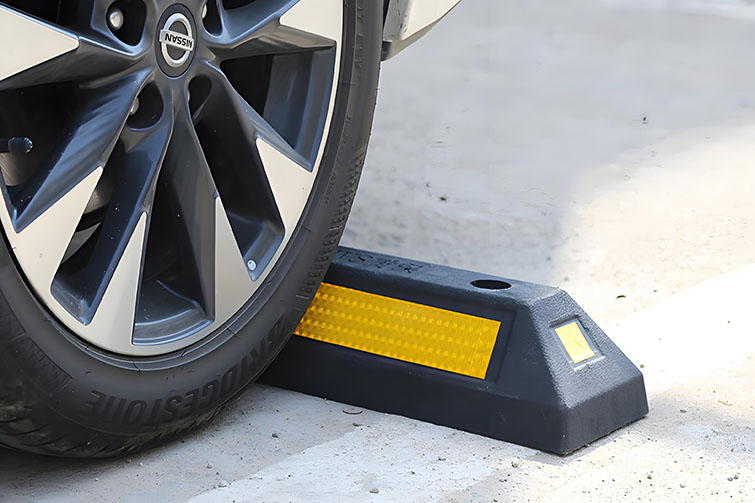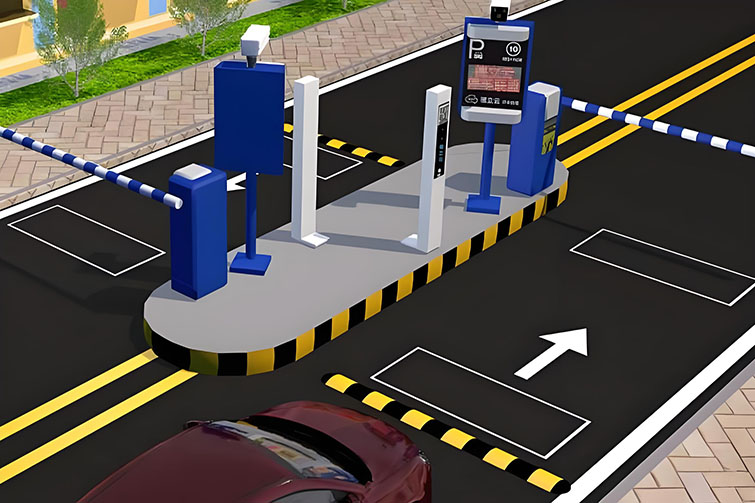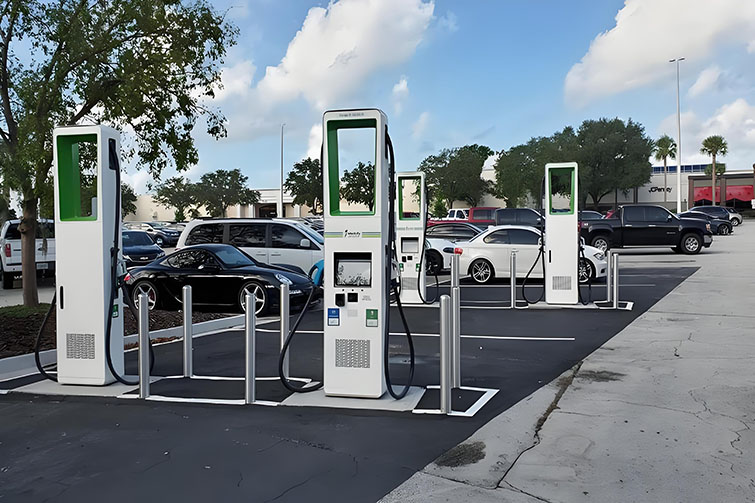
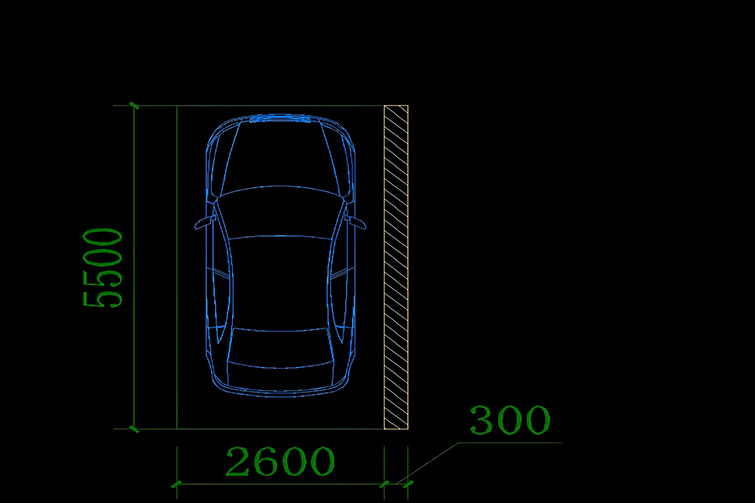
Calculating the Perfect Parking Space Dimensions for New Parking Gates
Parking lot design is more than just an afterthought; it is a critical aspect of urban planning that affects daily commuting. Properly calculated parking space dimensions that align with the type of parking gate installed can significantly enhance the functionality and capacity of a parking lot. Here’s how to determine the best parking space dimensions for your needs.
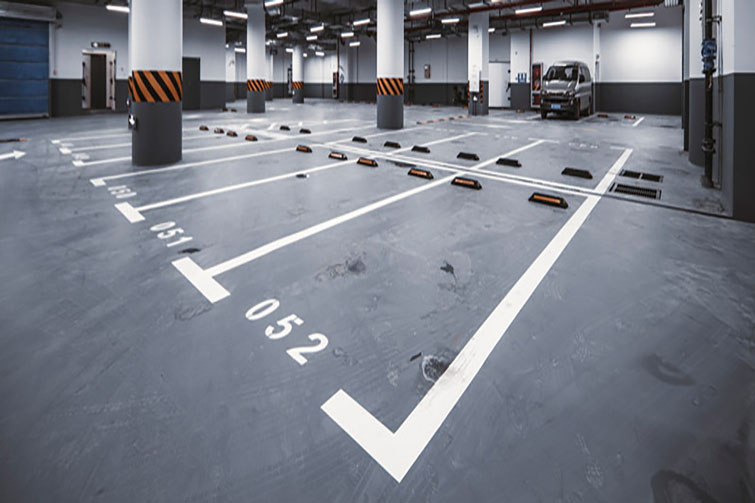
Understanding Standard Parking Space Size:
- Compact Cars: Typically, the standard parking space size for compact cars is about 7.5 to 8 feet wide and 15 to 18 feet long. This size accommodates most compact and subcompact cars comfortably.
- Standard Cars: For standard vehicles, a width of 8 to 9 feet and a length of 18 to 20 feet are commonly adopted. These dimensions provide enough room for larger vehicles without compromising the ease of maneuvering.
- Oversized Vehicles: Spaces intended for oversized vehicles like SUVs or trucks may need to be wider and longer, approximately 10 to 12 feet wide and 20 to 22 feet long, to ensure easy access and exit.
Integrating Parking Gates:
- Gate Placement: The placement of parking gates should be such that it allows ample room for vehicles to enter and exit without hindrance. This might mean adjusting the standard parking space dimensions slightly to accommodate the mechanism of the gate.
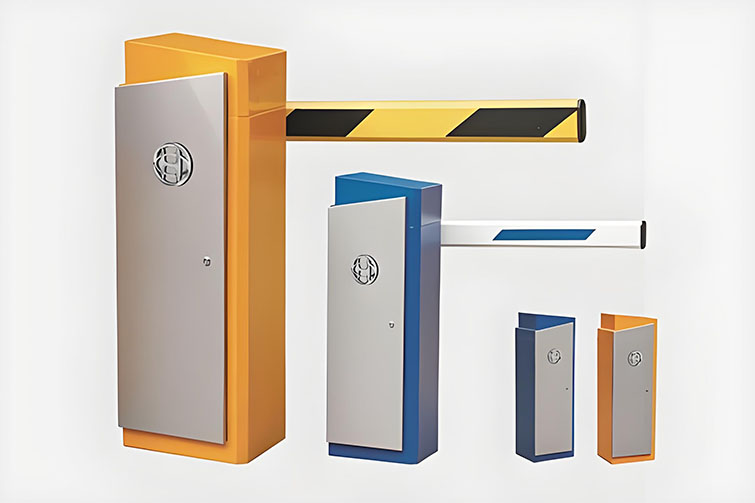
- Gate Type and Operation: The type of parking gate
- and its operational mechanism influence the required dimensions. Barrier arms require less space than sliding gates, which might need additional clearance at the sides.
Types of Parking and Dimensional Needs:
- Parallel Parking: Typically requires a street width that allows for 22 to 24 feet for the car length, with an additional buffer for maneuvering.
- Perpendicular Parking: Needs about 16 to 18 feet of depth and standard width to allow for easy pull-in and pull-out.
- Angled Parking: Usually set at 30 to 60 degrees relative to the curb, requiring more width than depth compared to perpendicular parking, optimizing space efficiency.
Practical Considerations:
- Accessibility: Ensure that all parking spaces comply with local regulations concerning disabled access, often requiring wider spaces.
- Traffic Flow: Design the lot to facilitate smooth traffic flow around parking gates, considering the entry and exit paths of vehicles.
Conclusion:
Calculating the perfect parking space dimensions for new parking gates involves more than adhering to standard sizes. It requires a comprehensive understanding of vehicle types, parking gate mechanisms, and overall traffic flow management. By integrating thoughtful design and strategic planning, developers can maximize both space utilization and user convenience, leading to more efficient and user-friendly parking environments.


